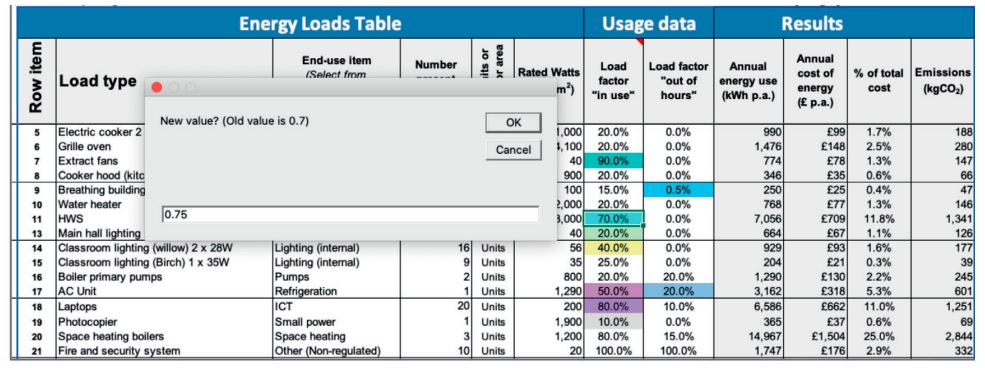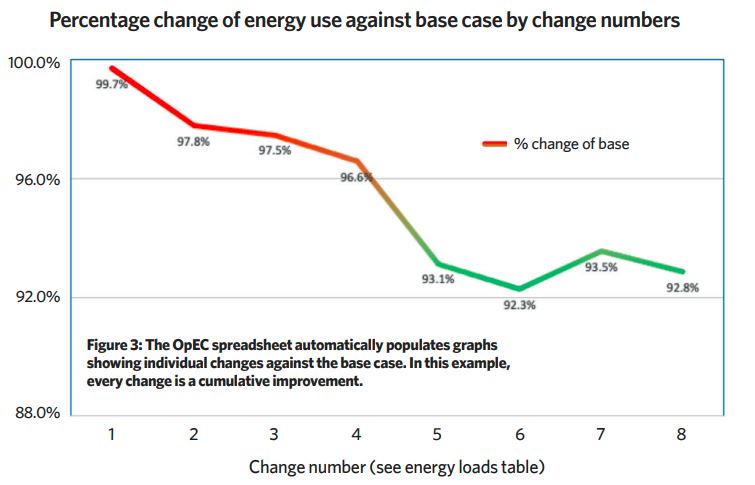Dr. Roderic Bunn, MEP consultant in WME’s London office recently spoke at the Chartered Institution of Building Services Engineers (CIBSE) technical symposium about his research into narrowing the performance gap – the difference between the performance anticipated during the design stage and the in-use energy consumption of non-domestic buildings, which can be as much as 10 times higher.
There are various reasons that account for this performance gap, including:

- Design assumptions do not properly reflect the in-use performance of buildings.
- Project participants struggle to communicate the intended energy performance for the design from the earliest stages and have ongoing problems with communicating the design intent throughout the detailed design.
As a result of his research, undertaken in conjunction with the Construction Innovation Hub, Rod and his fellow researcher, John Field – Director of Native-Hue and Head of Net Zero and Compliance at Noveus Energy, have developed an Excel-based tool that allows delivery teams to assess operational energy and CO2 emissions throughout the design of a project.

Figure 1: Changes to energy loads (single or batched) are saved and assigned a unique colour code – in this case, an increase to an in-use load factor. Up to 15 changes can be captured in a tracked-changes table, which itemises changes to power requirements, emissions and energy costs for each item changed. Additional rows can be added if needed.
The ‘Operational Energy and Carbon’ (OpEC) spreadsheet will track changes to power loads and define operational energy and carbon monoxide emissions. This is necessary for projects using the Soft Landings approach which requires operational energy and emissions to be tracked. Soft Landings has been widely adopted in several countries, including the UK and Canada, and is attracting increasing attention in the Middle East and elsewhere.

The OpEC tool (available here) has macros that enable each iteration of a load and its operating parameters to be saved within the memory of the spreadsheet so that all modifications (for example when the actual wattage of a product is known) can be recorded in one place. Each load is summarised in terms of kilowatt hours, KG of carbon dioxide and energy cost (based on a user-selected unit cost of electricity, gas or biofuel). The hours/days of use can also be specified.

When the load is changed – due to value engineering decisions, for example – the energy implications and the cost saving or penalty is shown, enabling the design team to make an informed decision.
The developers have made the tool free to use for engineers and architects who wish to track operational energy and omissions during a construction project.
Watch this space for more updates!




